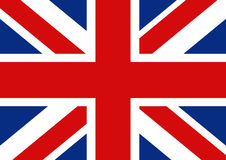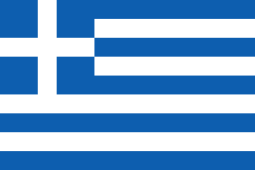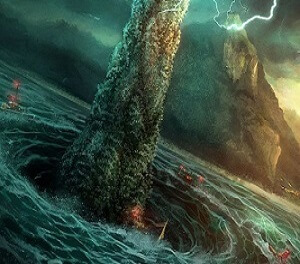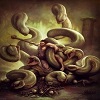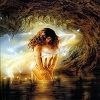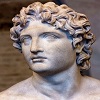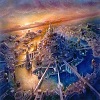Charybdis
The Drowner of the Vessels and opposite of Scylla
The daughter of Poseidon and Gaia; Charybdis is a huge bladder of a creature whose face is all mouth and whose arms and legs are flippers.
She swallows huge amounts of water three times a day, before belching it back out again, creating large whirlpools capable of sinking large ships.
The sea monster Charybdis was believed to live under a small rock on one side of a narrow channel. Opposite her was Scylla, another sea monster, that lived inside a much larger rock. [Odyssey, Book XII] The sides of the strait were within an arrow-shot of each other, and sailors attempting to avoid one of them would come in reach of the other. "Between Scylla and Charybdis" thus means to having to choose between two dangers, either of which brings harm. Three times a day, Charybdis swallowed a huge amount of water, before belching it back out again, creating large whirlpools capable of dragging a ship underwater. In some variations of the story, Charybdis was simply a large whirlpool instead of a sea monster.
A later myth makes Charybdis the daughter of Poseidon and Gaia and living as a loyal servant to Poseidon. She aided him in his feud with Zeus, and as such, helped him engulf lands and islands in water. Zeus, angry for the land she stole from him, cursed her into a hideous bladder of a monster, with flippers for arms and legs, and an uncontrollable thirst for the sea. As such, she drank the water from the sea three times a day to quench it, which created whirlpools. She lingered on a rock with Scylla facing her directly on another rock, making a strait.
The theoretical size of Charybdis remains unknown, yet in order to consume Greek ships the whirlpool can be estimated to about 23 metres (75 ft) across. Charybdis has been associated with the Strait of Messina, off the coast of Sicily and opposite a rock on the mainland identified with Scylla. Were Charybdis to be located in the Strait of Messina it would in fact have the size to accommodate the whirlpool. A whirlpool does exist there, caused by currents meeting, but it is dangerous only to small craft in extreme conditions.
